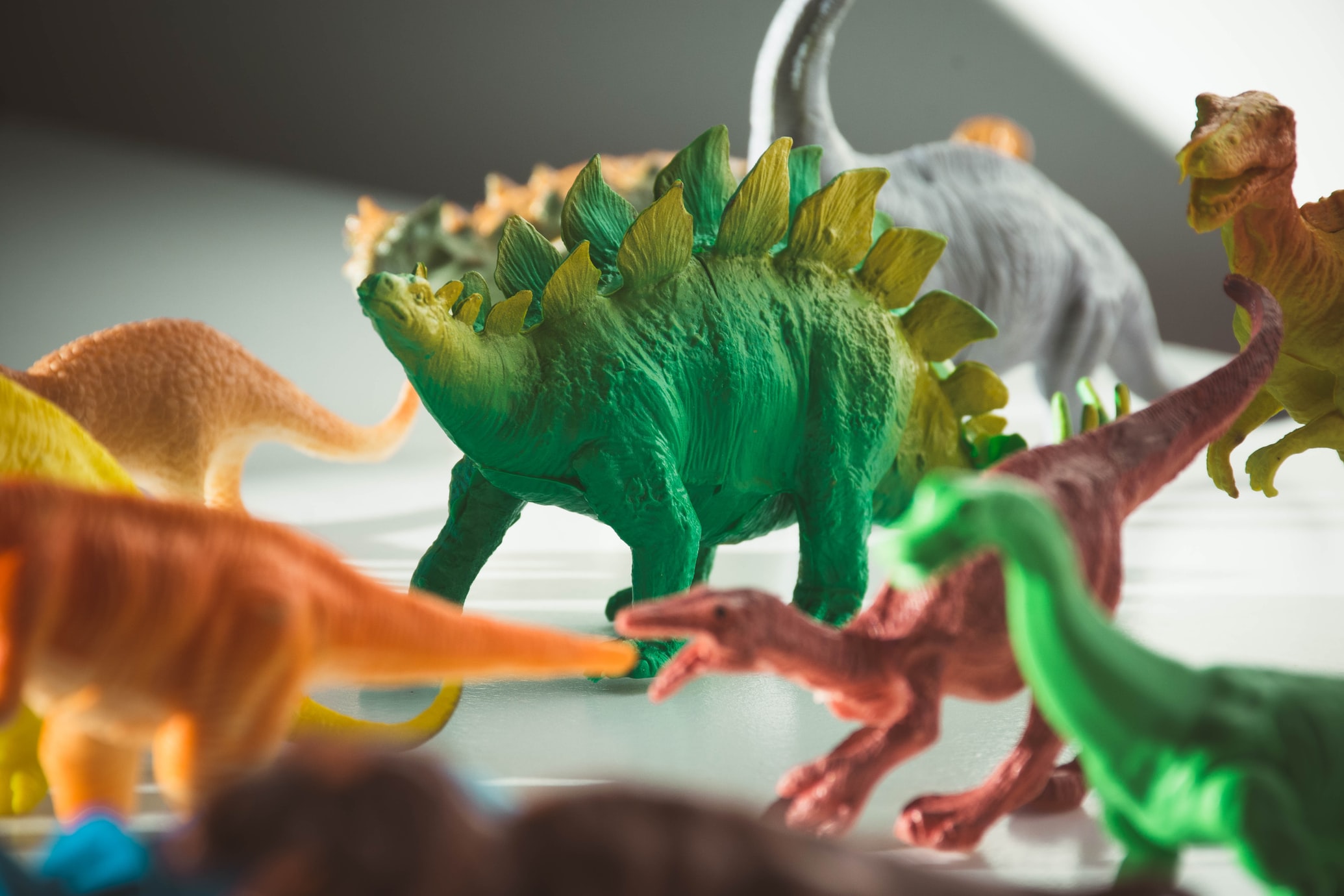
Credit: Unsplash
Particular diets may have given ancient creatures striking color palettes.
Remember the pilot episode of House with the guy whose skin turned orange because he was eating too many carrots? That’s an actual thing that can happen. Diets high in certain vitamins and, in that case, beta-carotene, cause an excess of particular pigments within the bloodstream. Those pigments are circulated throughout the organs, including your skin, which can cause distinct shifts in color. According to some new research, dinosaurs may have experienced this unusual symptom on a regular basis.
The study, penned by a team of researchers from the University of Texas at Austin and published in the journal Evolution, posits that prehistoric animals had bright, striking splashes of primary colors on their body, with some examples being orange, yellow, and pink. This wouldn’t be that unusual; after all, many currently living species of birds, the descendants of dinosaurs, have brightly colored legs and beaks.
Based on their research, the team believes these bright colors were caused by, you guessed it, diets rich in carotenoids. Herbivorous dinosaurs like the triceratops or pterodactyl likely ate their fair share of plants rich in beta-carotene, and just like that orange guy, their skin changed pigment to reflect that. These pigmented skins gradually went on to become a genetic trait, which is why birds and reptiles of today have so many bright colors on their bodies.
“There is so much more to birds’ color than their plumage—just think of the vibrant orange-yellow bill of a toco toucan—but feathers tend to get the most attention,” writes Princeton University associate professor Mary Caswell Stoddard. “This study unravels the evolutionary history of carotenoid-based coloration not just in plumage but also in the beaks and skin of birds and their relatives.”
































